Rustaveli Avenue (Georgian: რუსთაველის გამზირი, Rustavelis Gamziri) is the central and most prestigious avenue in Tbilisi, Georgia. Stretching for approximately 1.5 kilometers (just under a mile) from Freedom Square to Rustaveli Metro Station, it is the city’s main artery, a cultural and political hub, and a vibrant showcase of Georgian history, architecture, and contemporary life.
Historical Significance:
Evolution of a Main Street: The avenue’s origins trace back to the early 19th century when Georgia became part of the Russian Empire. It was initially developed as a grand European-style boulevard, replacing an older “Kartli Road” or “Digomi Road.” It was first named Golovin Avenue (after a Russian commander) before being renamed Rustaveli Avenue in 1918, shortly after Georgia’s brief period of independence from Tsarist Russia. This name honors Shota Rustaveli, Georgia’s most renowned medieval poet, author of the epic poem “The Knight in the Panther’s Skin.”
Witness to History: Rustaveli Avenue has been the stage for nearly every significant event in modern Georgian history. It has seen imperial parades, Soviet-era demonstrations (including the tragic April 9, 1989 massacre), the celebrations of independence, and the peaceful Rose Revolution in 2003. Its pavement literally holds the echoes of Georgia’s struggles and triumphs.
Architectural Showcase: The avenue developed during a period of intense construction and Western influence, resulting in a fascinating mix of architectural styles, including Neoclassical, Art Nouveau, and later, Soviet monumentalism.
Key Landmarks and Attractions:
Rustaveli Avenue is lined with an impressive array of significant buildings and institutions:
Freedom Square: The avenue begins at this pivotal square, dominated by the Freedom Monument (St. George slaying the dragon) and bordered by the Tbilisi City Hall.
Georgian National Museum: A prominent institution encompassing several museums, including the Simon Janashia Museum of Georgia, which houses vast archaeological and ethnographic collections, providing a comprehensive overview of Georgia’s rich history and culture.
Kashueti St. George Church: An elegant Georgian Orthodox church (built 1904-1910), inspired by medieval designs and known for its intricate stone carvings and the vibrant frescoes by Lado Gudiashvili. It stands as a beautiful example of Neo-Georgian architecture.
Georgian National Opera and Ballet Theater of Tbilisi: An architectural gem, this grand building (originally built in the 1850s, but rebuilt after a fire in the 1890s) is a stunning example of pseudo-Moorish or Neo-Moorish architecture, adding an exotic flair to the avenue. It’s a key venue for opera, ballet, and classical music performances.
Shota Rustaveli State Academic Theatre: Another significant cultural institution, this ornate theater (built in the late 19th century) is a leading drama theater in Georgia, showcasing both classical and contemporary Georgian and international plays.
Parliament of Georgia: The imposing building of the Georgian Parliament (constructed in phases from the 1930s to 1950s) holds significant political weight and has been at the center of many of the nation’s turning points.
Georgian Academy of Sciences: A striking example of Stalinist Empire style architecture with a distinctive high tower.
Georgian Museum of Fine Arts: Showcasing a rich collection of Georgian fine art.
Rustaveli Cinema: A historic cinema building that still functions today, offering a mix of local and international films.
Vorontsov Palace (National Youth and Children’s Palace): One of the oldest buildings on the avenue, this former palace of the Russian Viceroy is a fine example of 19th-century architecture.
Atmosphere and Experience:
Bustling Hub: Rustaveli Avenue is constantly abuzz with activity. Wide sidewalks invite strolling, street musicians often perform, and there are various art installations and temporary exhibitions.
Shopping and Dining: The avenue is home to numerous international and local shops, luxury boutiques, art galleries, cafes, restaurants, and souvenir stalls (especially near the Academy of Sciences steps).
Green Spaces and Statues: While primarily an urban boulevard, it features tree-lined sections and smaller parks. Along its length, you’ll find various sculptures and monuments, including the iconic statue of Shota Rustaveli himself near the metro station bearing his name.
Architectural Diversity: Walking down Rustaveli Avenue is like taking an architectural journey through Tbilisi’s past two centuries, observing the blend of styles that contribute to its unique character.
Rustaveli Avenue is more than just a street; it’s the vibrant pulse of Tbilisi, a place where history, culture, politics, and daily life converge, offering an immersive experience for any visitor.

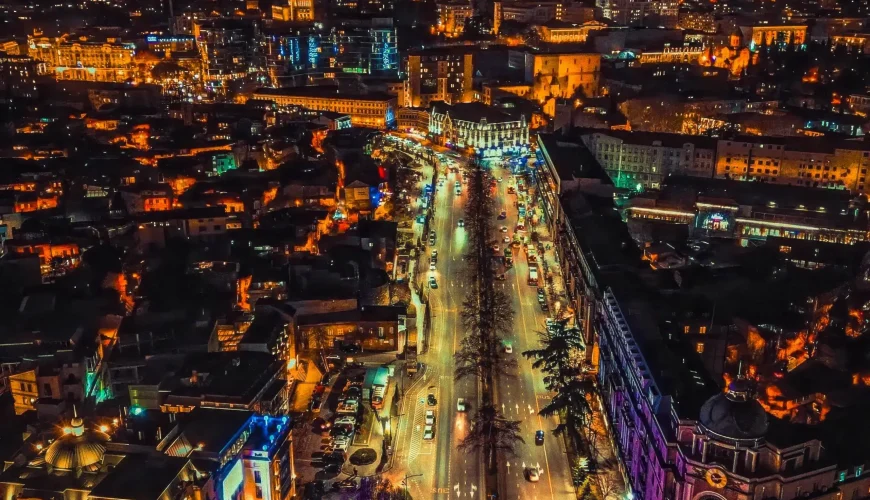
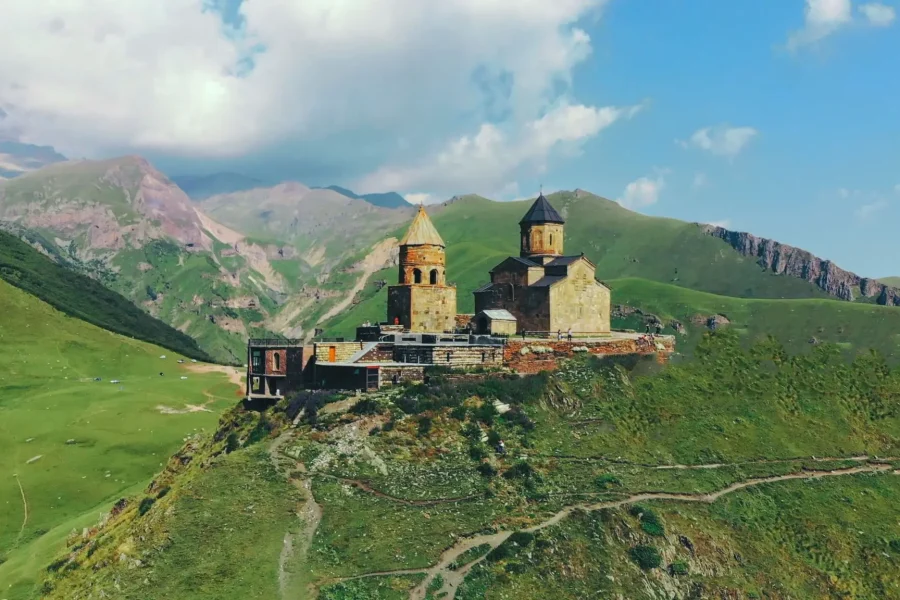
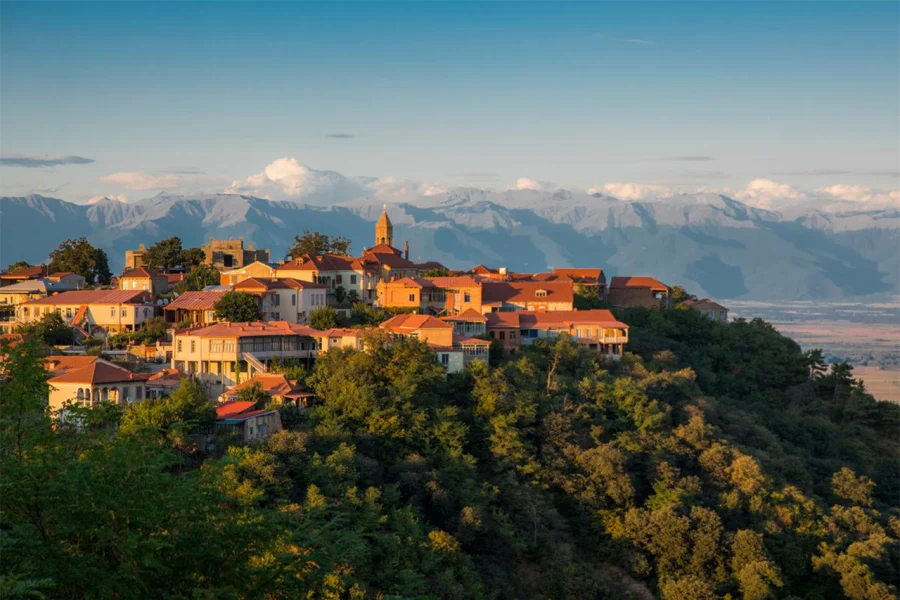
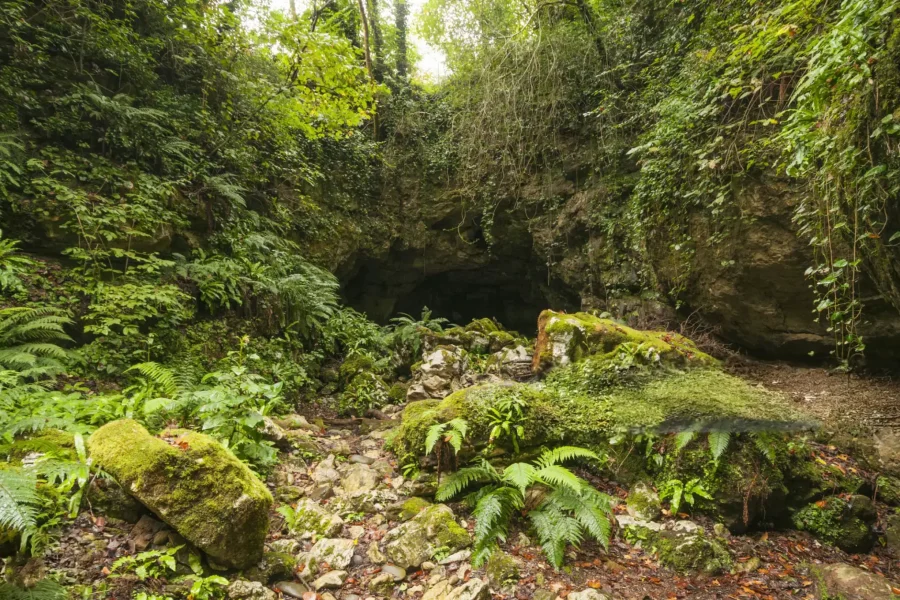
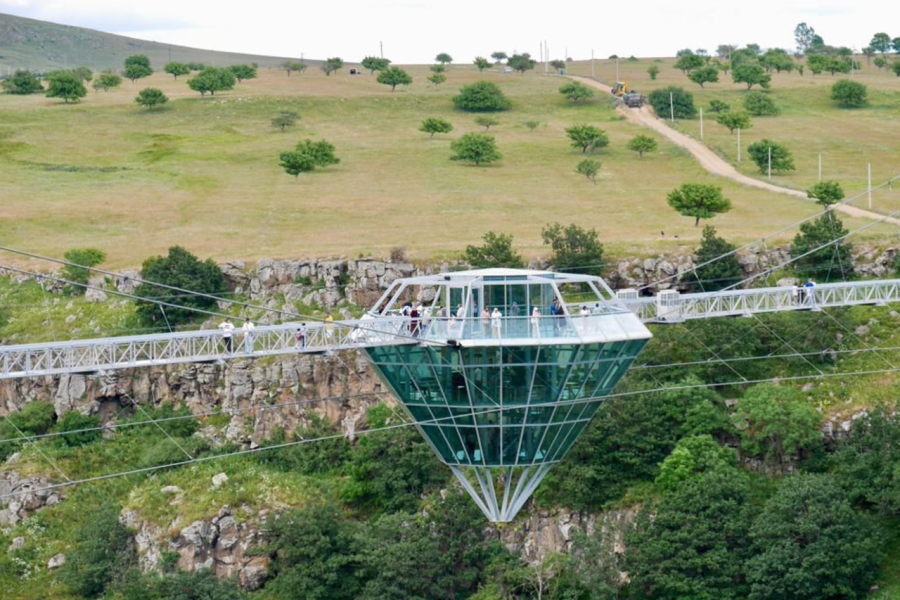
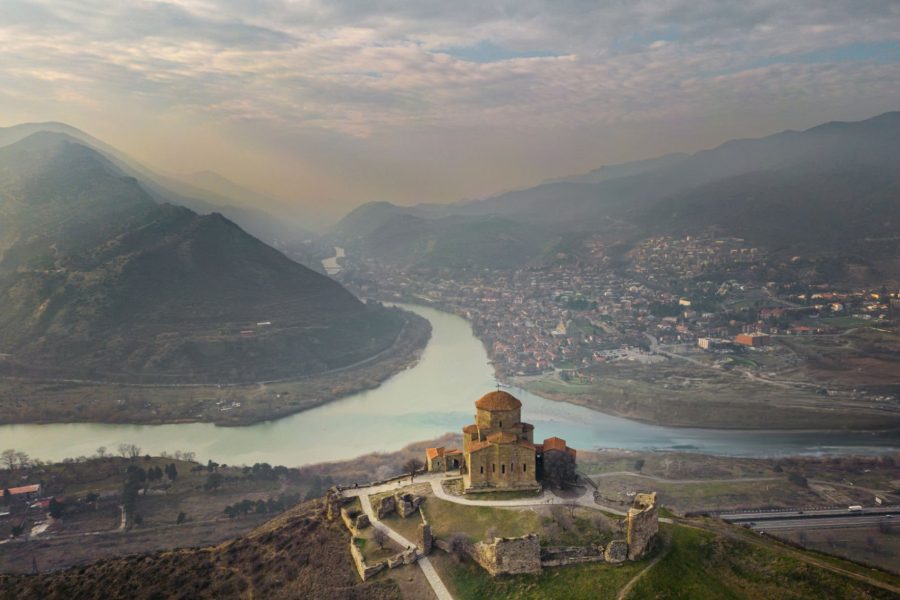
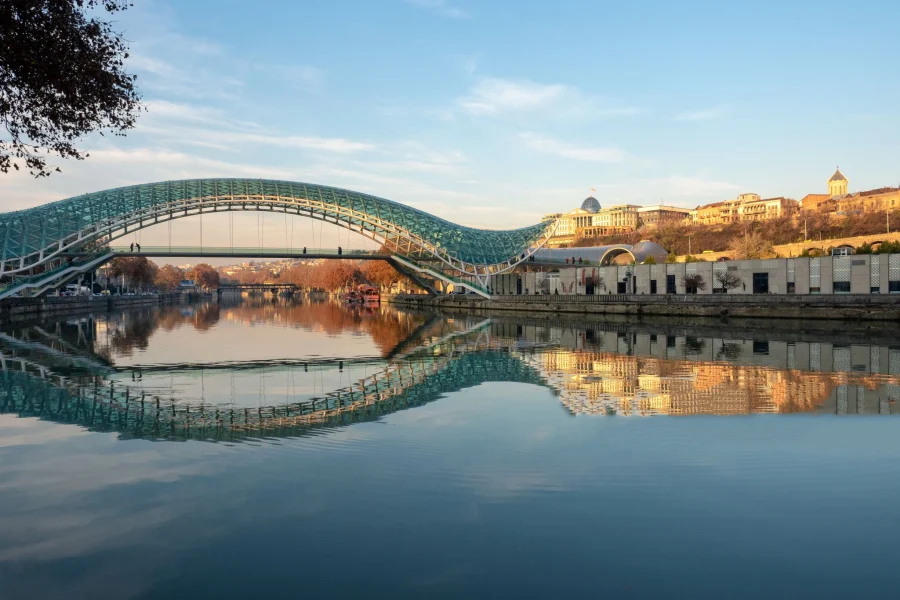
0 Comment